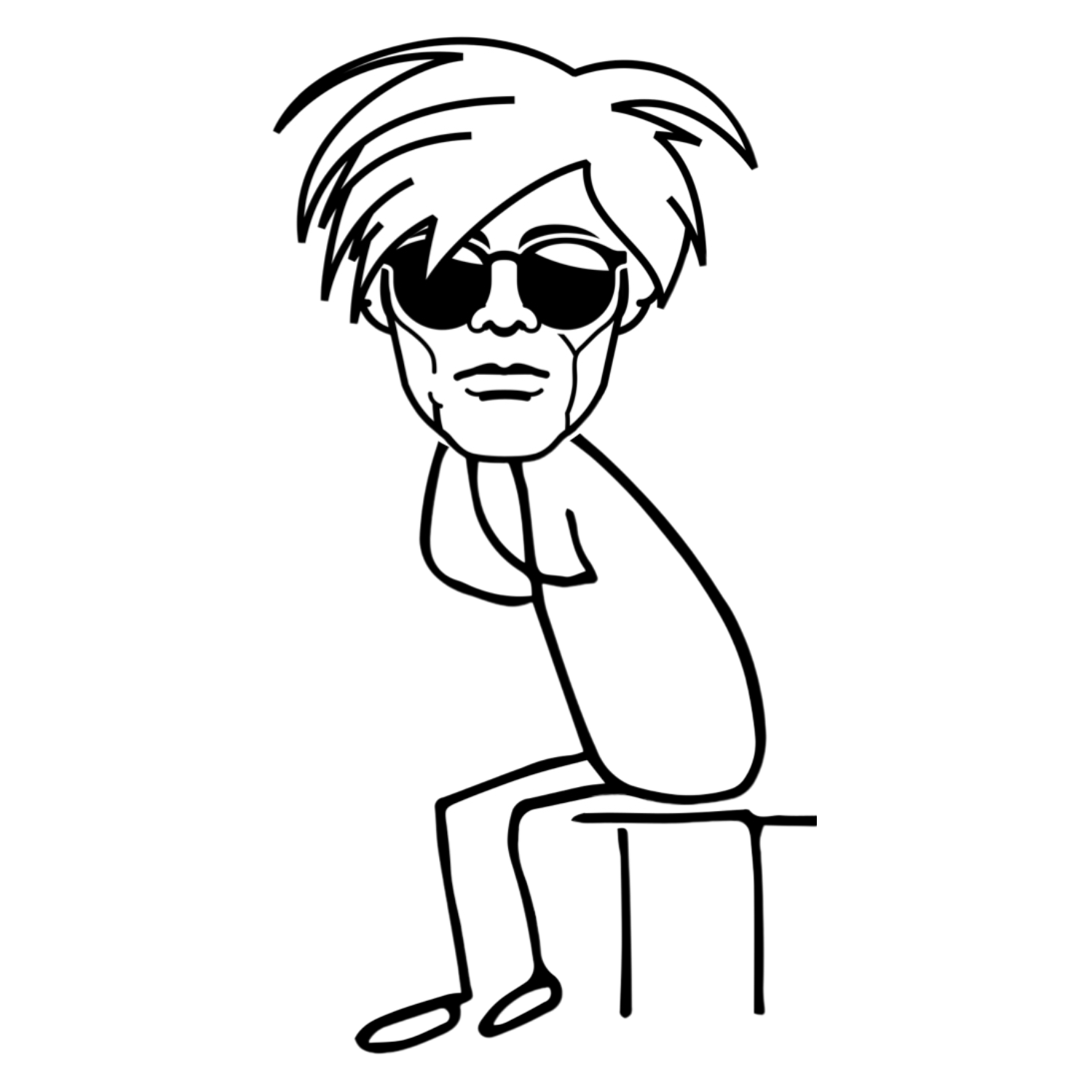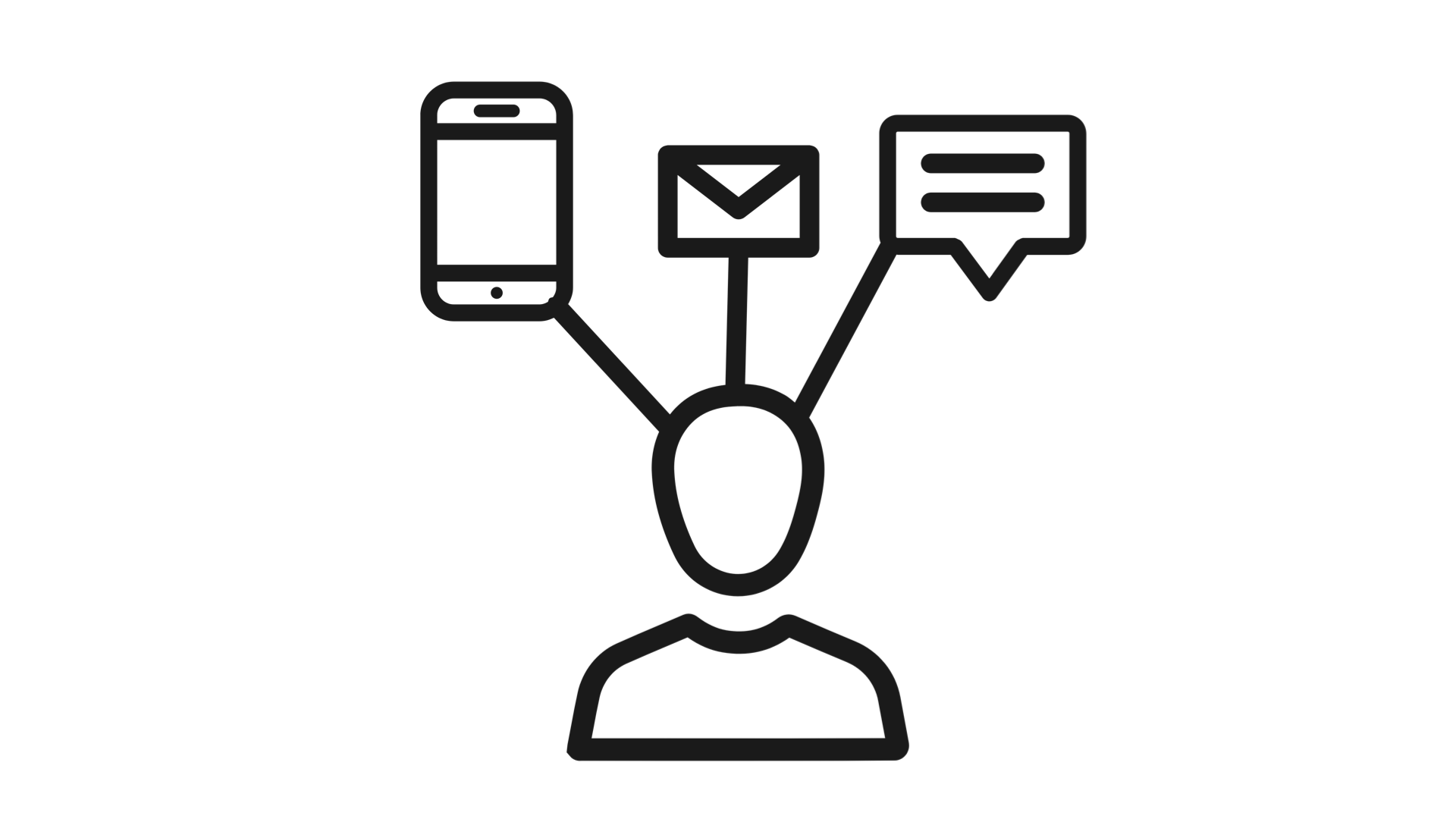Monetization Law Number #21
Every price is made up of signals. make sure yours sends the right message
Your price should drive signals over noise.
Small differences in pricing execution can have a big impact on monetization results.
This chapter explains why small tweaks in your pricing can return outsize monetization outcomes.
The Rule provides a quick monetization heuristic i.e. a rule of thumb in operation, a kind of —do this— and you’ll be 80% of the way there.
Rationale explains why the rule works with deeper insights and its use in practice.
Rabbit hole provides more in-depth resources and recommendations for anyone wanting to spend more hours researching each topic.
⓵ Rule 📖
⓶ Rationale 🧠
⓷ Rabbit Hole 🐇
⓵ Rule: Monetization Law #21 📖
System one and two, again!
Pricing forms the basis of allowing system one to decide, rationalize, and articulate utility cohesively to our brains in terms that do not interfere with the conservative system two.
Put simply, your price should be easy to comprehend to ensure success.
⓶ Rationale: Monetization Law #21 🧠
Pricing signals
For many years, the primary signal derived from price was a measure of supply and demand.
DeBeers diamond consortium presents a historical example of a company
–limiting supply amount - by joint consortium agreement on output,
–while fuelling demand - ‘diamonds are forever’ type marketing - to create a prestige price for their product.
High price equalling premium and low price equating to the economy was the mental model used by one and all.
Following the rise of mass consumerism, price is no longer viewed in such simplistic terms.
This can be attributed to a number of factors, but two principal factors dominate;
–firstly, the sheer volume of comparable products available compared to a century ago and,
–secondly, a better understanding of the behavioural economics impacts of price.
Comparative products
There are 100 plus tomato ketchup products available on supermarket shelves, with still more due for release.
How is a customer to choose?
When faced with such a huge number of options, the first axis of comparison is the price. Thus pricing tactics have been employed to charm customers.
Software and technology is the new ketchup.
Recent reports indicate over 7,000 SaaS firms operating in the marketing tech arena.
On average, 10 SaaS companies operate in each segmented product category across the board.
Email marketing is a great example, with over 30 well-funded companies duking it out for the crown.
Behavioural economics
The work of Daniel Kahneman and Amos Tversky changed the way we think - about the way we think - yeah, that’s a tongue twister.
Their foundational work on behavioural economics and decision theory laid waste to the dogma of utility theory, and with it, the assumption that not all decisions we make are rational.
On discovering this, marketers went to work establishing tactics that could influence our purchasing decisions when faced with such a large number of relatively similar products.
⓷ Rabbit Hole: Monetization Law #21 🐇
The pricing charm offensive
In pricing, the foundational work of marketing has laid the framework for a never-ending list of tactics that can be employed.
We suggest you choose no more than two or three tactics at any one point to limit confusion.
Pricing psychology
Alongside vocabulary, numbers form the bedrock of understanding. Our sense of meaning.
Our perception and cognition of the things around us. Numerical cognition is a part of cognitive science that explains the way we process information.
Hence the way numbers are presented has a role to play in the way that they are interpreted.
For many years, pricing was considered an art. The work of Amos Tversky and Daniel Kahneman demonstrated that behavioural science thinking could be employed in pricing, leading to a more scientific lens on the dark art of pricing.
They were asserting that our brains operate on two levels, fast - system one and slow - system two.
System one is the quick, somewhat gut-feel decision-maker, with system two being the more rational, yet under-employed deep thinking part of the brain.
Thus the goal of pricing is to mostly engage system one, hence ensuring that decisions occur without the deep considerations that may avert purchase.
Therefore, pricing tactics form the basis of allowing system one to decide, rationalize, and articulate utility cohesively to our brains in terms that do not interfere with the conservative system two.
Pricing tactics at work
Pricing tactics run into the hundreds, so we’ve selected a few to highlight the concepts
–Reduce first pricing number; people read from left to right so reduce the price from $30 to $29.99
–Show prices in small font size; people feel the size, rather than read it so $39 becomes $39
–Separate ancillary costs; people are loathed to do unnecessary value deciding math so $20 including p&p should be $15 +4.99 postage and packaging
–Spread the pain; people like to buy in instalments so $99 could be 5 lots of $19.99
–Be exact with large numbers; people like to haggle, but a large price with detailed numbers suggests that you’ve methodically calculated price hence reducing negotiation boundaries; so rather than $50,000 choose - $49,225
–Add words that align with small; $8 high-output should be $7.99 low maintenance
–Remove currency symbols; $9 becomes 9
–Use small increases more frequently; So rather than $10-$12 every two years, $10 to $11 year one, and then $11 to $12 year two.
🐇 Additional Research 🐇
No one has ever been further down the pricing charm rabbit hole than Nick Kolenda. A veritable feast of actionable pricing psychology tactics and rationale await anybody willing to imbibe on his work.
In addition to his excellent videos and website, The Tangled Mind is a great book for insight into the daily pricing anomalies and pseudo-science employed by the brightest and best marketers.





